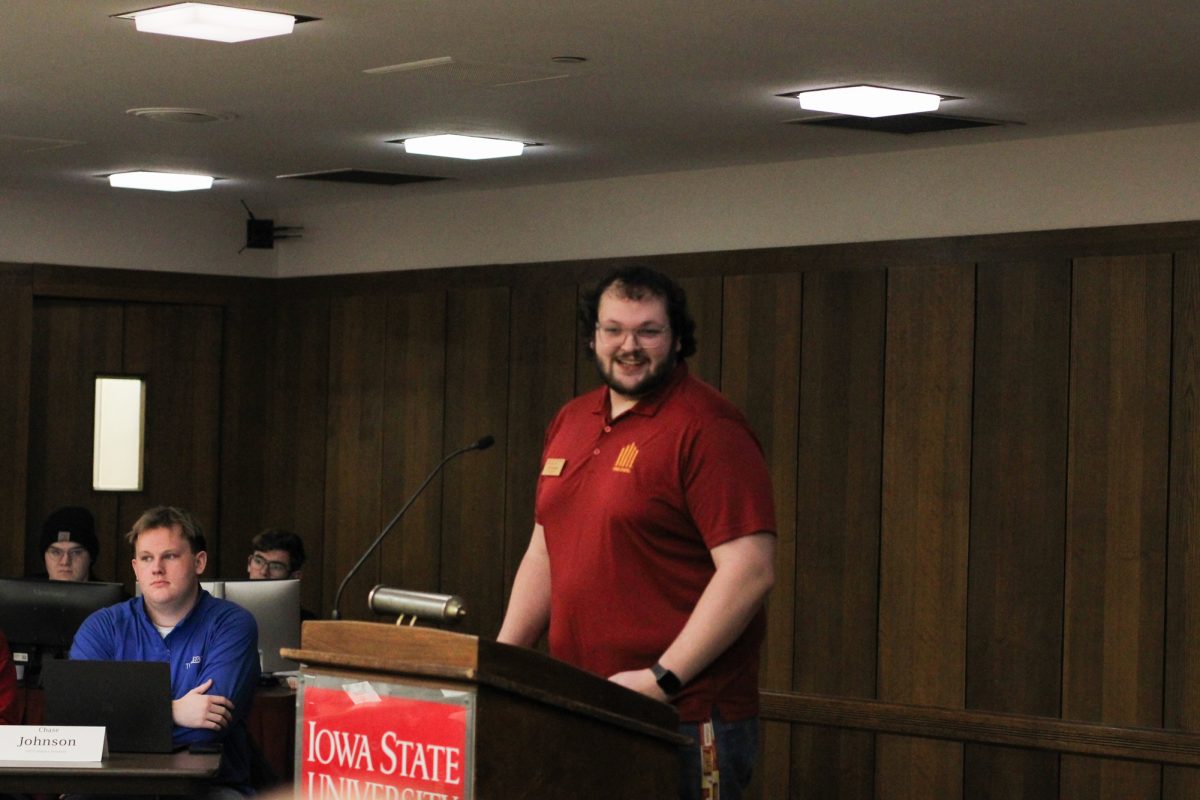Guest Column: Public loses with for-profit colleges
April 12, 2011
Would you send your child to this college? It charges at least $44,000 in tuition and fees, but spends just $700 per student on instruction annually. Nearly two-thirds of its students drop out without a degree, many of them deeply in debt. It employs 1,700 recruiters to bring in a steady stream of new students, but has just one job-placement counselor for its 78,000 students. And a big share of students’ tuition goes to enrich top executives with the school’s CEO receiving $20.5 million in compensation in 2009.
No responsible parent would allow their child to enroll in such a dubious institution. But as taxpayers, we are spending $26 billion a year to send hundreds of thousands of, often unsuspecting, students to this school and others like it.
Welcome to the world of for-profit higher education. The institution described above is Bridgepoint Education Inc., headquartered in San Diego, which operates two colleges: Ashford University and the University of the Rockies. Other major for-profit companies include the University of Phoenix, Strayer University and Kaplan University. For-profits enroll only 10 percent of higher education students, but account for 25 percent of federal student loans and 47 percent of defaults.
An ongoing investigation by the Senate Committee on Health, Education, Labor and Pensions has exposed an industry stained by widespread fraudulent recruiting practices, overpriced programs and staggering dropout rates. Last August, the Government Accountability Office reported all 15 schools were using fraudulent or deceptive recruiting practices.
In the latest in a series of hearings, my committee took an in-depth look at just one for-profit institution, Bridgepoint, in order to better understand the business model and practices of the broader industry. We invited Bridgepoint’s CEO to join the committee at the hearing to testify on behalf of the company, but he declined. While he could have added valuable perspective, I believe the documents Bridgepoint submitted to the committee over the course of the investigation speak for themselves.
In 2005, Bridgepoint purchased a small religious nonprofit school in Clinton, Iowa. The struggling school of just 332 students was attractive to Wall Street investors because it was regionally accredited and had been approved to offer distance learning programs. Between 2005 and 2010, Bridgepoint grew enrollment to nearly 78,000 students, with 99 percent taking classes exclusively online. Profits at Bridgepoint — 66 percent owned by the private equity group Warburg Pincus — skyrocketed from $82 million in 2009 to $216 million in 2010.
Unfortunately, this phenomenal growth has come at a steep cost to Bridgepoint’s students, who are disproportionately minorities from disadvantaged backgrounds. Committee analysis of data provided by Bridgepoint determined that in recent years 84 percent of its two-year students and 63 percent of four-year students dropped out.
Here’s why the Bridgepoint story matters to the American taxpayer. This company receives a staggering $600 million a year in federal subsidies. In 2009, Bridgepoint received more than 86 percent of its revenues directly from the federal government.
Bridgepoint is a private company, but it is almost entirely dependent upon public funds. The profits from this enterprise go into private pockets, but the losses are borne by the public — by students, who often leave with a mountain of debt but no degree; and by taxpayers, whose investment is often squandered.
In 2010, Bridgepoint retained 30 percent of revenues as profit. The company spent another 30 percent on selling and recruiting. It currently employs 1,700 salespeople, and reportedly plans to add 500 more this year. In order to boost profits, the company must constantly churn through tens of thousands of new students to replace those who drop out. Even with all these signs of trouble and after having seen internal numbers showing this alarming student withdrawal rate, Bridgepoint’s accreditor gave it a clean audit in 2009.
What is the bottom line here? The for-profit higher education industry is rife with manipulative and misleading marketing campaigns, educational programs far more expensive than comparable public or nonprofit programs, and shocking dropout rates. Yet the industry is reaping huge profits, almost entirely from taxpayer dollars.
I am determined to draft legislation to reform federal oversight of for-profit higher education. This effort deserves bipartisan support. I hope my Republican colleagues — who advocate for cutting federal spending and rooting out wasteful expenditures — will join me in ending abuse of $26 billion in taxpayer dollars flowing to for-profit colleges and ensuring their students get the education they deserve.






